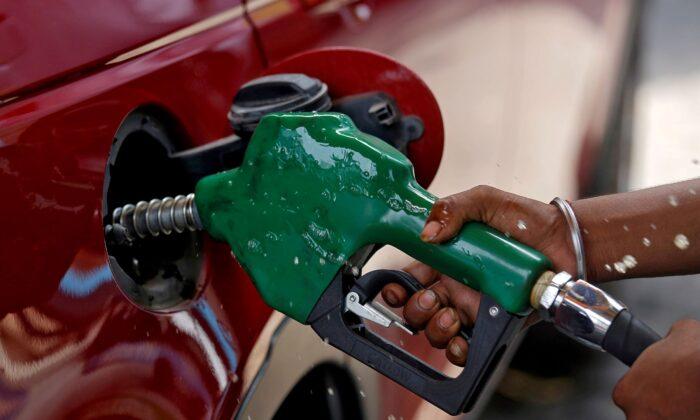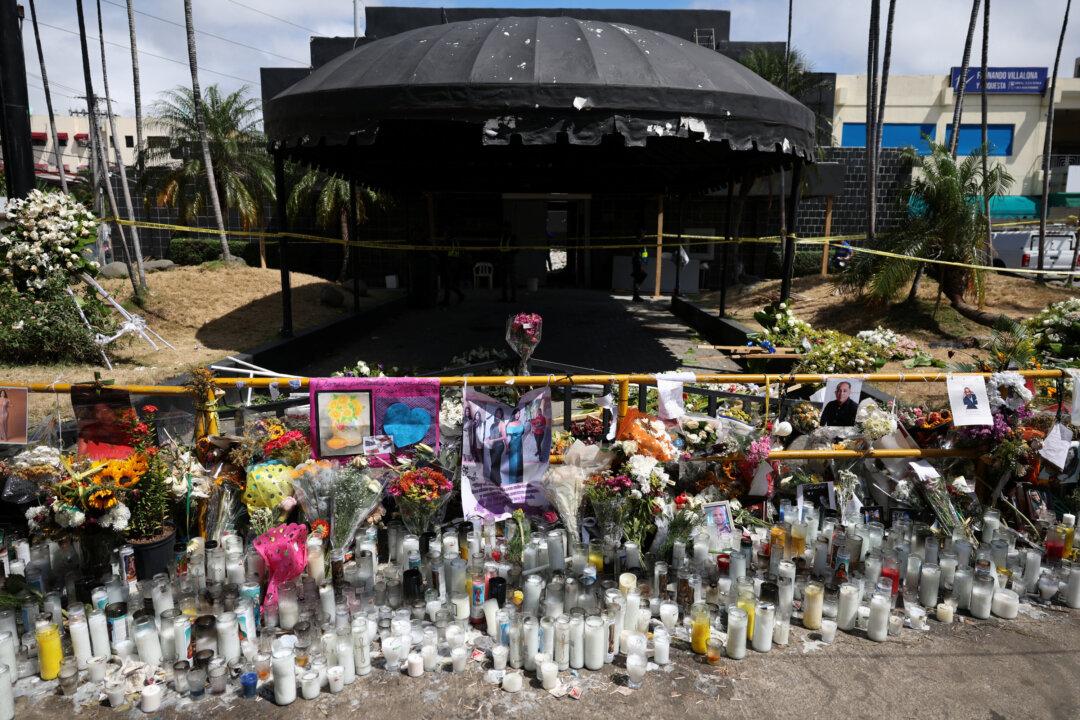LONDON—Oil prices rose in volatile trading on Wednesday, supported by disruption to Russian and Kazakh crude exports via the CPC pipeline.
Brent crude futures were up $5.16, or 4.5 percent, at $120.64 a barrel at 1335 GMT. Prices had earlier fallen to a low of $114.45.
U.S. West Texas Intermediate (WTI) crude futures rose $4.83, or 4.4 percent, to $114.10 a barrel. The contract had earlier slipped to a low of $108.38.
The market remains on edge over the prospect of further sanctions on Russia, the world’s second-largest crude exporter, after its invasion of Ukraine, which Moscow calls a “special operation.”
President Joe Biden is set to announce more Russian sanctions when he meets with European leaders on Thursday in Brussels, including an emergency meeting of NATO.
European Union member countries remain split on whether to ban imports of Russian crude and oil products, but this might change once short-term contracts run out.
“I think you will see record backwardation and you will see $150 a barrel this summer,” Trafigura’s Ben Luckock told the FT Commodities Global Summit, referring to a market structure where front month prices are higher than for following months—which can signal tight supplies.
Luckock added prices north of $200 were also possible.
“You'll know at the end of April what the total loss of Russian oil is,” he said.
Russia on Tuesday warned of a drop in oil exports via the Caspian Pipeline Consortium (CPC) of up to 1 million barrels per day (bpd), or 1 percent of global oil production, because of storm-damaged berths.
CPC exports stopped fully on Wednesday and repairs will take at least one and a half months, according to a port ship agent.
Plunging crude stockpiles in the United States, the world’s biggest oil consumer, added to the apprehension around supply.
Nine analysts polled by Reuters on average had estimated crude inventories rose by 100,000 barrels that week.
Official U.S. inventory data is due from the Energy Information Administration on Wednesday.





